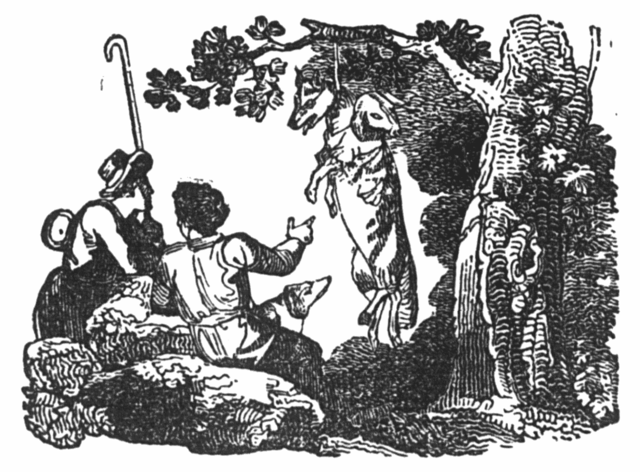Throughout his life, Jesus was a member of his culture. Though His message was unique, He brought it to the people, Jews and Gentiles, using methods and language consistent with His role as a first-century Jewish rabbi who was also a citizen of a Roman controlled country…. Thus Jesus’ ministry was carried out according to the structures God had set in place with His people Israel. (Ray VanderLaan)[1]
Introduction
Jesus was a first-century Jewish rabbi, a master communicator, to whom both the religious and non-religious alike flocked. Addressed as “rabbi” by multiple and diverse groups, he taught within the construct of many rabbis of his day—out in the open as well as in the Temple and synagogues, interacting with different audiences in various geographical and social locations. The religious Jews in his audience knew the Scriptures well, but Jesus also used illustrations that were familiar to all, regardless of religious backgrounds. The population of first-century Israel was characterized by many distinct cultures interacting on a daily basis. This cultural interplay is clearly depicted in Jesus’ references to commonly known fables of his day in Matthew 7:15, Luke 4:23, Luke 7:24 (cf. Matt. 11:7) and Luke 7:32 (cf. Matt. 11:17).[2] We also see the mastery of Jesus’ teaching in his allusions to historical events in Luke 14:28 and Luke 19:11. Focusing on these different occurrences will enrich our insight into the selected passages of Jesus’ teaching. Investigating the underlying influences behind Jesus’ words facilitates a better understanding of their meaning in the context of the first century. Consequently, today’s followers will be challenged to communicate the message of the Gospel in a cross-cultural manner. This article will address Jesus’ use of non-religious illustrations, specifically folklore and current events.
Paid Content
Premium Members and Friends of JP must be logged in to access this content: Login
If you do not have a paid subscription, please consider registering as a Premium Member starting at $10/month (paid monthly) or only $5/month (paid annually): Register
One Time Purchase Rather Than Membership
Rather than purchasing a membership subscription, you may purchase access to this single page for $1.99 USD. To purchase access we strongly encourage users to first register for a free account with JP (Register), which will make the process of accessing your purchase much simpler. Once you have registered you may login and purchase access to this page at this link:
Bibliography
- Aesop’s Fables. Translated by Laura Gibbs. New York: Oxford University Press, 2002.
- Flavius, Josephus. The Complete Works of Josephus. Translated by William Whiston and commentary by Paul. L. Maier. Grand Rapids, MI: Kregel Publications, 1999.
- Flusser, David. Jesus. 3rd ed. Jerusalem: Magnes Press, 2001.
- Herodotus: The Histories. Translated by Robin Waterfield. New York, NY: Oxford University Press, 1998.
- Horsley, Richard A. “Jesus and Galilee: The Contingencies of a Renewal Movement.” In., Galilee through the Centuries: Confluence of Culture, ed. Eric M. Meyers, 63. Winona Lake, IN: Eisenbrauns, 1999.
- Jacobs, Joseph. “Aesop’s Fables Among the Jews,” in JewishEncyclopedia.com, 1906 (November 24, 2004).
- Jonsson, Jakob. Humor and Irony in the New Testament: Illuminated by Parallels in Talmud and Midrash. Leiden: Brill, 1985.
- Lachs, Samuel T. A Rabbinic Commentary on the New Testament. New Jersey: KTAV, 1987.
- Strange, James F. “Sepphoris,” Anchor Bible Dictionary, 6 vols. Edited by David Noel Freedman. New York, NY: Doubleday, 1992. 5:1090.
- _______. “Tiberias,” Anchor Bible Dictionary, 6 vols. Edited by David Noel Freedman. New York, NY: Doubleday, 1992. 6:547.
- Thoma, Clemens. A Christian Theology of Judaism. New York, NY: Paulist Press, 1980.
- VanderLaan, Ray. Echoes of His Presence: Stories of the Messiah from the People of His Day. Grand Rapids, MI: Zondervan Publishing, 1996.
- Wilder, Amos N. Early Christian Rhetoric. London: SCM Press Ltd., 1964.
- Young, Brad. The Parables: Jewish Tradition and Christian Interpretation. Peabody, MA: Hendrickson Publishers, 1998.
- [1] Ray VanderLaan, Echoes of His Presence: Stories of the Messiah from the People of His Day (Grand Rapids, MI: Zondervan Publishing, 1996), vii. ↩
- [2] Unless otherwise indicated all Bible references in this paper are to the New International Version (NIV) (Grand Rapids, MI: Zondervan Publishing, 1984). ↩
































































































Comments 1
The fables of putting the fox in charge of the chicken coop and the ass wearing lion’s skin also connect w/ Jesus’ wolf in sheepskin.